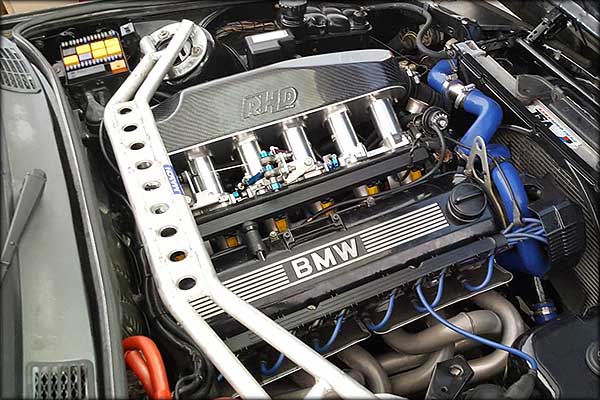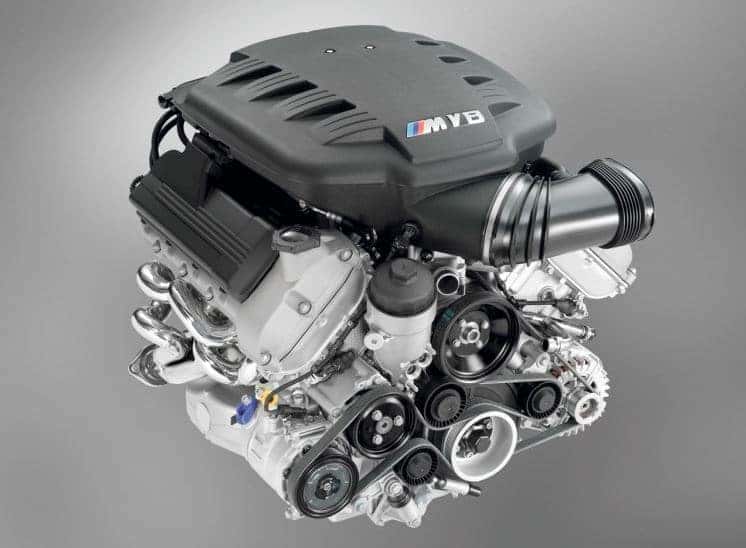Discovering the Advancement of Burning Engines in Modern Transport Equipments
As we browse the landscape of contemporary transportation, the evolution of burning engines stands as a testimony to human ingenuity and design prowess. The interaction of background, technology, and ecological worries in shaping the trajectory of burning engines produces a narrative that is both informative and compelling.
Very Early Beginnings of Combustion Engines
Just how did the concept of combustion engines initial emerge in the very early phases of transportation advancement? The origins of burning engines can be traced back to the 17th century when the principles of inner combustion were very first checked out.
The development minute came with the creation of the initial successful gasoline-powered engine by Karl Benz in 1885 - bmw engine. This engine led the way for the growth of the modern vehicle, changing transportation systems worldwide. Subsequent technologies by Nikolaus Otto and Gottlieb Daimler further refined combustion engine innovation, bring about the automation of vehicles and the fast growth of the transportation industry
These early combustion engines were characterized by their simplicity and efficiency, laying the foundation for the facility and effective engines utilized in contemporary transportation systems. The evolution of combustion engines has been instrumental in forming the means we take a trip and deliver products, marking a substantial turning point in the background of transport development.
Shift to Internal Combustion Technology
The change to interior combustion technology noted an essential change in the evolution of transportation systems. This change began in the late 19th century, with inventors like Nikolaus Otto and Gottlieb Daimler creating the very first successful internal burning engines. These engines changed transportation by offering an extra effective and efficient choice to heavy steam engines and electric motors.
One of the vital advantages of internal burning engines was their ability to be reduced to match lorries, causing the development of motorcycles and autos. This shift from cumbersome, stationary engines to portable, mobile ones paved the means for the modern transport systems we see today.
The transition to inner combustion innovation likewise spurred innovations in fuel innovation, leading to the advancement of fuel and diesel as main gas sources for automobiles. This change not just made transportation a lot more accessible to the masses however additionally laid the structure for the oil and gas sector to become essential to international economies.
Effect of Combustion Engines on Transportation
The fostering of burning engines in transport systems militarized a profound change in the effectiveness and rate of international movement. Burning engines changed transportation by offering a trusted and versatile resource of power for various cars, including cars and trucks, vehicles, ships, and airplanes. This technology significantly enhanced the capacity for people and goods to move over long distances in shorter timespan, resulting in enhanced connectivity between regions and nations.
Furthermore, the widespread usage of burning engines has actually had a substantial effect on financial advancement. The capability to carry products efficiently has stimulated profession and commerce, allowing businesses to expand their markets and get to customers worldwide. This has helped with economic development and globalization, as items can now be transferred faster and in bigger amounts than ever.
However, the environmental influence of combustion engines can not be neglected. The burning of fossil gas has led to air contamination and greenhouse gas discharges, contributing to environment adjustment and positioning health threats to populations. bmw engine. Consequently, there is an expanding emphasis on creating alternate propulsion technologies to mitigate these unfavorable effects and develop a much more sustainable future for transport
Innovations in Burning Engine Design
One significant view publisher site advancement is the advancement of turbocharged engines, which utilize exhaust gases to drive a wind turbine that compresses incoming air, permitting for even more gas to be scorched, resulting in enhanced power outcome without a significant increase in engine dimension. Variable shutoff timing systems have also revolutionized engine design by maximizing air movement at different engine speeds, boosting both power and performance. These advancements collectively contribute to the continual improvement of combustion engines in modern-day transportation systems.
Future Trends in Burning Engine Advancement
With innovation advancements driving continual advancement, the future of combustion engine growth is poised to revolutionize transport systems internationally. One of the vital patterns in combustion engine growth is the push in the direction of higher efficiency and minimized emissions. Suppliers are investing greatly in r & d to boost engine performance while fulfilling strict ecological policies. This consists of the integration of innovative fuel shot systems, improved turbocharging approaches, and the use of light-weight materials to enhance gas usage and lower carbon emissions.
An additional popular pattern is the fostering of crossbreed technologies in burning engines. Crossbreed engines incorporate conventional combustion these details modern technology with electric power, providing boosted fuel efficiency and lower discharges. As the auto industry shifts towards electrification, hybrid burning engines are viewed as a transitional remedy that bridges the gap between traditional lorries and fully electric ones.
Furthermore, the combination of wise modern technologies, such as artificial intelligence and data analytics, is expected to play a considerable function in the future of burning engine growth. These technologies can optimize engine performance in real-time, resulting in a lot more effective burning procedures and boosted total car performance. Accepting these future trends will not only drive development in combustion engine advancement but also add to an extra lasting and eco-friendly transportation ecosystem.

Conclusion
In conclusion, the development of combustion engines in modern transportation systems has been marked by significant advancements in technology and layout. From the very early starts of combustion engines to the shift to internal combustion technology, these engines have actually had an extensive influence on transport. Advancements in combustion engine design proceed to drive progression in this field, with future trends concentrating on more boosting performance and minimizing discharges. The future of combustion engines in transport looks encouraging as r & d efforts remain to press boundaries.
The origins of combustion engines can be mapped back to the 17th century when the principles official website of internal burning were first discovered. These engines reinvented transportation by using a much more effective and effective alternative to heavy steam engines and electric motors.

Comments on “Just how to Keep Your BMW Engine for Optimal Performance and Longevity”